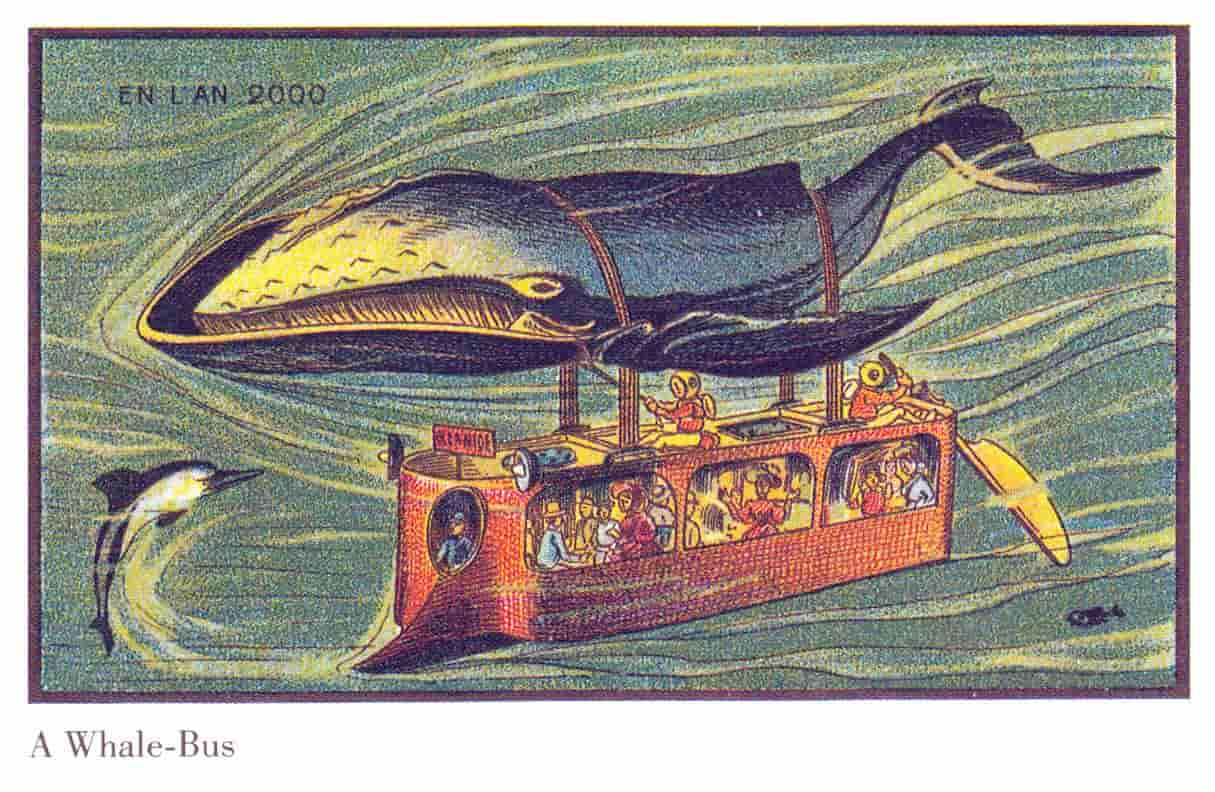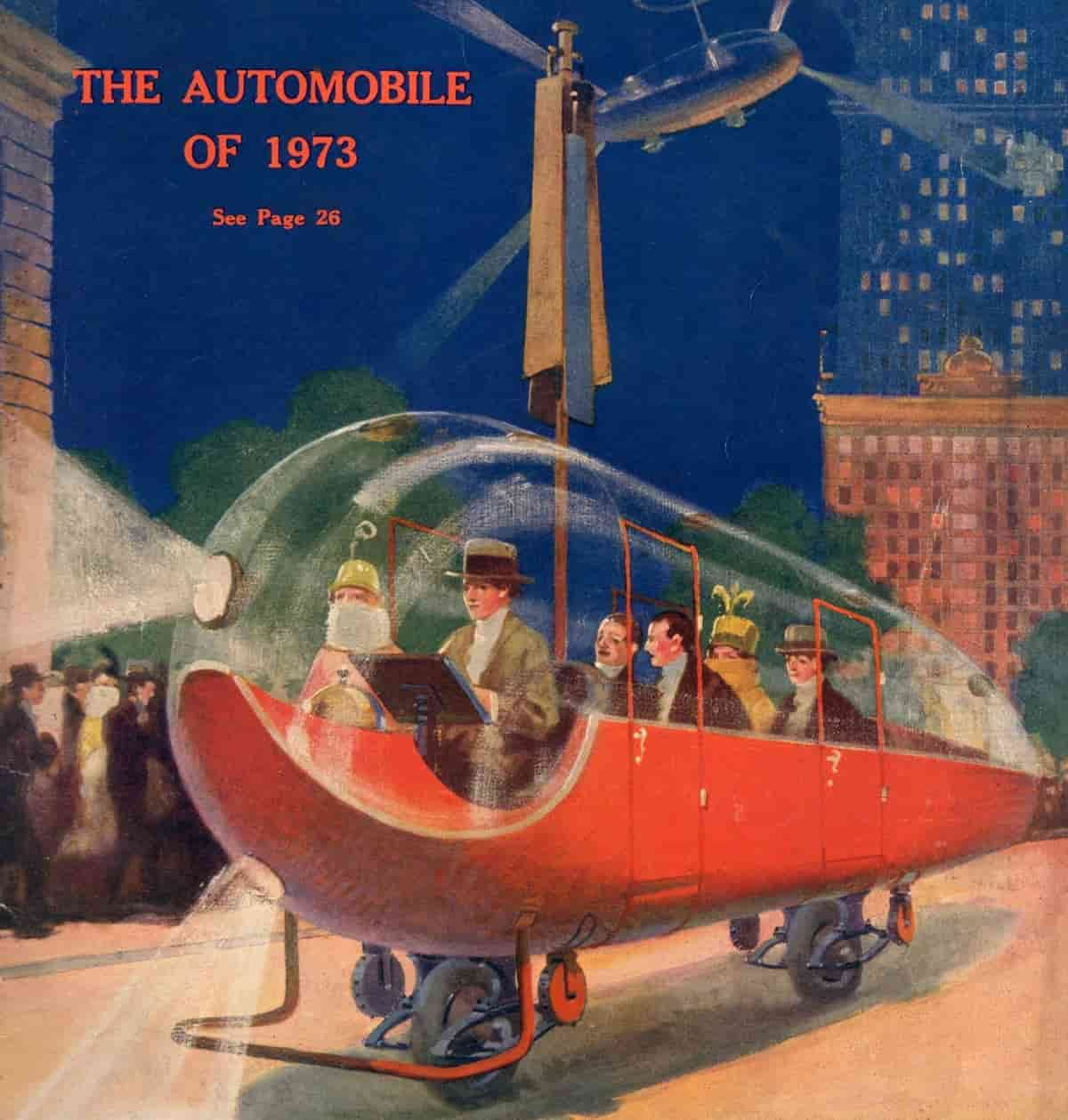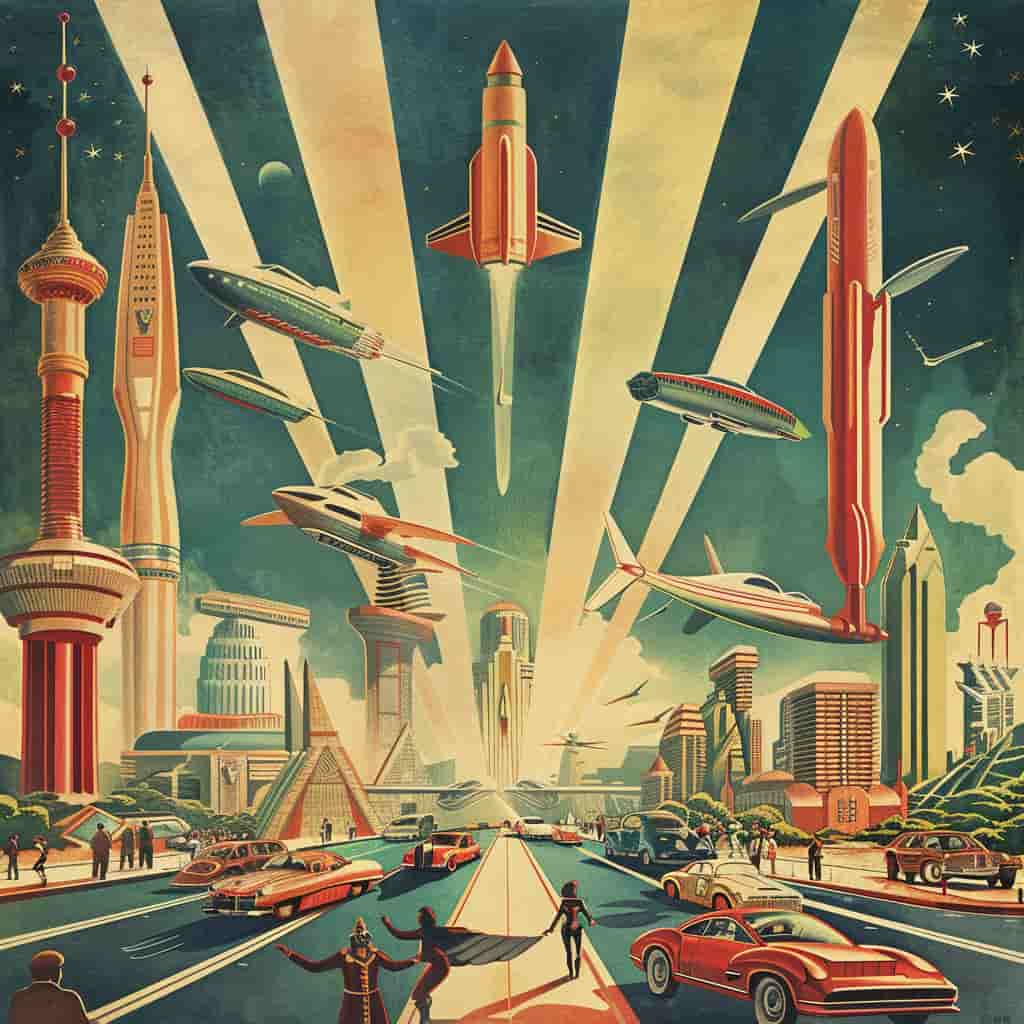Imagine the future; a simple sentence that has been the driving force for generations of thinkers, creators, and builders.
Reflecting on the expectations from 1900, 1930, and 1950 provides a fascinating glimpse into what our grandparents and great-grandparents thought we would be living today.
Some predictions were wildly inaccurate, but others show an almost uncanny degree of accuracy about the state of energy and transportation today.

At the turn of the 20th century, widespread adoption of electricity was still in its early stages. People believed that electricity would revolutionise everything.
In fact, it had already transformed transportation, with electric vehicles zipping around New York streets.
A set of postcards, later rediscovered and described by science fiction writer Isaac Asimov, illustrates some of the dreams people had about the future.
The images include outlandish ideas like whales pulling buses. Still, they also come close in some cases, such as imagining talking to friends and family over long distances through screen monitors. Slack and Microsoft Teams, anyone?

By 1930, the Art Deco and streamlined modern designs captured the essence of speed and efficiency.
Futurists envisioned that we would have streamlined cars, reducing travel time significantly across vast automated highways. Flying cars would have been around for a while, and we would be using autogyros for short hops.
The scientist Charles Steinmetz predicted that electricity would play a central role, saying:
“There will be more electric automobiles and electric bicycles and tricycles will be developed. Because of their simplicity and low price they will be available to almost everyone.”
Renewable energy was also a feature. For example, some thought that wind turbine-powered greenhouses in the Arctic would provide much of our food.

In the optimistic post-war era of the 1950s, nuclear energy was seen as a promising solution that could one day power entire cities and vehicles at little cost.
The nuclear dreams included transportation with atomic-powered cars, buses, trains, and planes. One example is the Ford Nucleon concept vehicle above, propelled by a nuclear steam generator in the back.
Not to be outdone, Chrysler proposed the TV-8 atomic tank, which, in some illustrations, was equipped with a battering ram.
However, not everything was focused on nuclear. The potential of driverless and electric cars was also firing imaginations.

While some predictions, such as the widespread use of electricity and the rise of renewable energy, have come to fruition, others, like nuclear-powered vehicles and fully automated flying cars, remain largely unfulfilled. You may want to insert a “thankfully” here for atom-powered cars.
However, many parts of today’s energy and transportation systems reflect a mix of past ideas and the realities of technological advancement and environmental priorities.
They can, perhaps, serve as inspiration for looking forward to where we want our energy and transportation systems to be in a generation’s time.